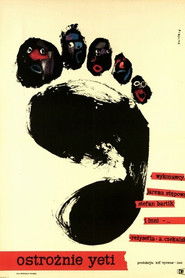detail profile w c5 82odzimierz kmicik

Info Pribadi
Peran Yang Di Mainkan Włodzimierz Kmicik
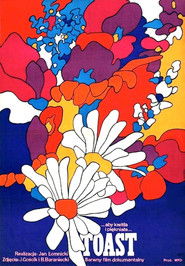 In 1969 on the occasion of the 25...
In 1969 on the occasion of the 25...Toast 1969
In 1969, on the occasion of the 25th anniversary of the Polish People's Republic, documentary filmmakers analyze the achievements of the past 25 years. Contemporary, color photos contrast with black and white, archival photos. Workers of different generations are the hosts of the country.
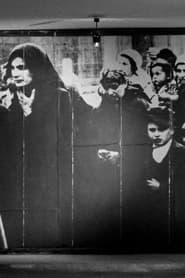 This museum does not collect the...
This museum does not collect the...Museum 1966
This museum does not collect the achievements of mankind. On the contrary, we can find there the evidence of its fall. The Auschwitz-Birkenau State Museum and its exhibits.
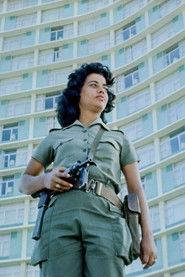 Havana 1961 After the success of the...
Havana 1961 After the success of the...Havana '61 1962
Havana, 1961. After the success of the Cuban revolution, the city was no longer just a capital of nightlife. The city was changing for the benefit of the local population: it opened beaches, built blocks of flats, guarded the coast.
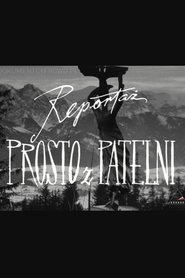 The title pan patelnia means pan...
The title pan patelnia means pan...News Out From The Frying Pan 1960
The title pan (‘patelnia’ means pan) is a terrace on Gubałówka, where people can sunbathe even in the middle of winter. ‘Standing in the sunlight, everyone is only what they are’ - convinces the narrator. The sight is breathtaking.
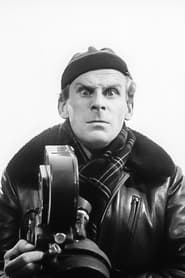 All celebrities hurry in order to...
All celebrities hurry in order to...Polish Film Chronicle 59/52AB 1959
All celebrities hurry in order to celebrate the 15th anniversary of the Polish Film Chronicle. On this occasion, there’s a special episode of the Chronicle directed by Andrzej Munk and performed by Wieslaw Golas: a pastiche of a typical episode with fixed elements - documentation of succeses achieved by Polish workers, artists, sportsmen, and cameramen of the Polish Film Chronicle.
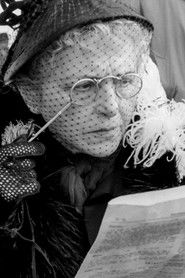 A look at the horse races...
A look at the horse races...Picks For Today 1959
A look at the horse races at the famous track in Sluzewiec, Warsaw.
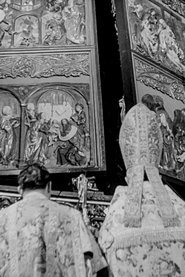 St Marys Altar stolen by the...
St Marys Altar stolen by the...The Story of St. Mary's Altar 1958
St. Mary's Altar, stolen by the German occupier during the Second World War and hidden in Nuremberg, returned to Cracow in 1946. Thanks to conservators and filmmakers, we can see the beauty and majesty of the story of the Virgin Mary.
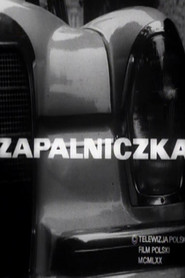 A young engineer borrows a suitcase...
A young engineer borrows a suitcase...